Norbulingka Palace
Norbulingka means “ precious garden” in Tibetan language. Located in the west of Lhasa, it covers an area of 360,000 square meters. With Gesang Palace, Golden Palace and Dandengmingjiu Palace as its main body, it has 374 rooms, the largest Tibetan artificial garden with the largest amount of relics in Tibet. More than 200 years ago, in the 1730s, the seventh dalai lama, gesang gyaw, was plagued by illness. It served as the traditional summer residence of the successive Dalai Lamas from the 1780s up until the 14th Dalai Lama’s exile in 1959.
The Norbulingka blends gardening with architecture and sculpture arts from several Tibetan ethnic groups; 30,000 cultural relics of ancient Tibetan history are preserved here. The complex is demarcated under five distinct sections. A cluster of buildings to the left of the entrance gate is the Kelsang Phodang (The full name of this palace is "bskal bzang bde skyid pho brang"), named after the 7th Dalai Lama, Kelsang Gyatso (1708–1757). It is a three-storied palace with chambers for the worship of Buddha, bedrooms, reading rooms and shelters at the centre. The Khamsum Zilnon, a two-storied pavilion, is opposite the entry gate. The 8th Dalai Lama, Jamphel Gyatso (1758–1804) substantially enlarged the palace by adding three temples and the perimeter walls on the south east sector and the park also came to life with plantation of fruit trees and evergreens brought from various parts of Tibet. The garden was well developed with a large retinue of gardeners. To the northwest of Kelsang Phodrong is the Tsokyil Phodrong, which is a pavilion in the midst of a lake and the Chensil Phodrong. On the west side of Norbulingka is the Golden Phodron, built by a benefactor in 1922, and a cluster of buildings which were built during the 13th Dalai Lama's time. To the north of Tsokyil Phodrong is the Takten Migyur Phodrong which was built in 1954 by 14th Dalai Lama and is the most elegant palace in the complex, a fusion of a temple and villa. The new summer palace, which faces south, was built with Central Government funds, and completed in 1956.
The history
Norbulingka Palace of the Dalai Lamas was built about 100 years after the Potala Palace was built on the Parkori peak, over a 36 hectares (89 acres) land area. It was built a little away to the west of the Potala for the exclusive use by the Dalai Lama to stay in during the summer months. The building of the palace and the park was undertaken by the 7th Dalai Lama from 1755. The Norbulingka Park and Summer Palace were completed in 1783 under Jampel Gyatso, the 8th Dalai Lama, on the outskirts of Lhasa and became the summer residence during the reign of the Eighth Dalai Lama.
The earliest history of Norbulingka is traced originally to a spring at this location, which was used during the summer months by the 7th Dalai Lama to cure his health problems. Qing Dynasty permitted the Dalai Lama to build a palace at this location for his stay, as a resting pavilion. Since subsequent Dalai Lamas also used to stay here for their studies (before enthronement) and as a summer resort, Norbulingka came to be known as the Summer Palace of the Dalai Lama.
Transportation
Location: western suburb of Lhasa city
Ticket: 60yuan per head
Time for visiting: 9:30-17:00.
Tips:
The park was so large and well-laid-out, that cycling around the area was even permitted to enjoy the beauty of the environment. The gardens are a favourite picnic spot, and provide a beautiful venue for theatre, dancing and festivals, particularly the Shodun or 'Yoghurt Festival', which is at the beginning of August, with families camping in the grounds for days, surrounded by colourful makeshift windbreaks of rugs and scarves and enjoying the height of summer weather.
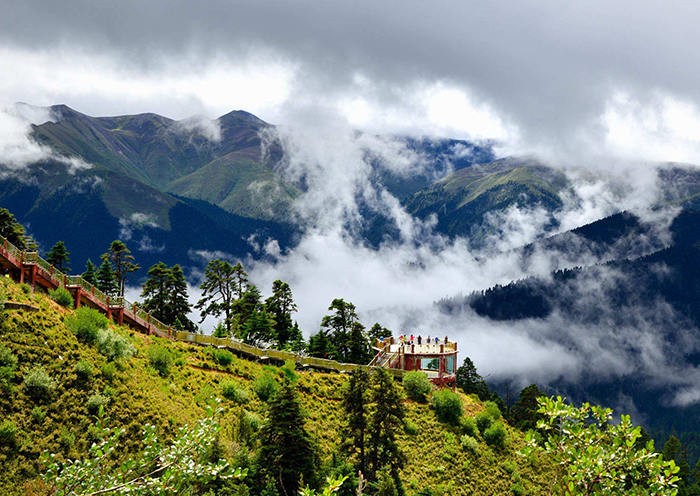
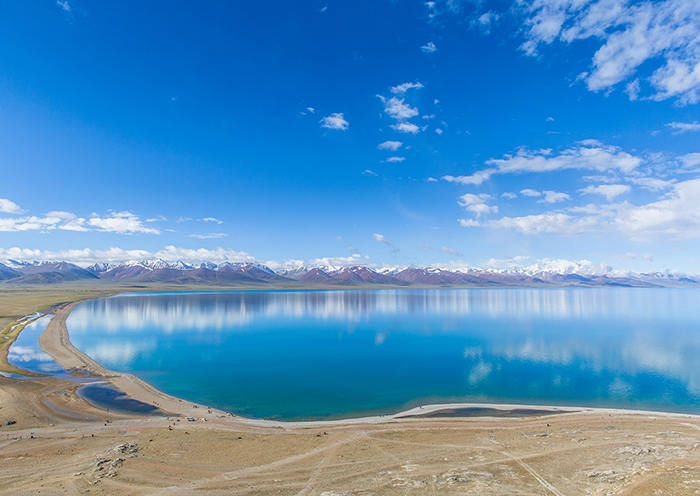
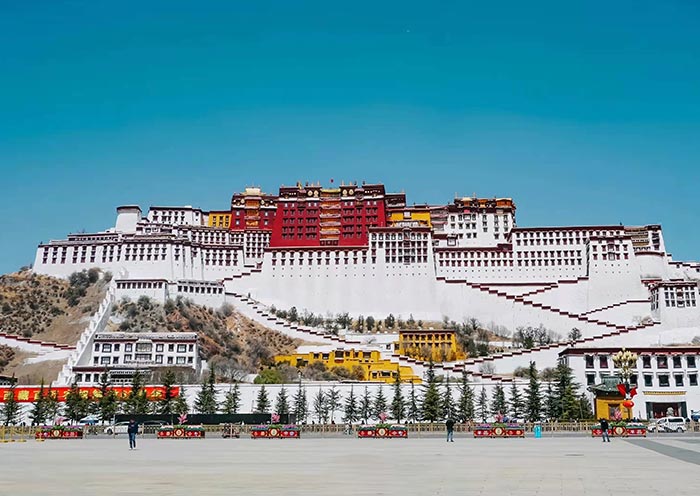
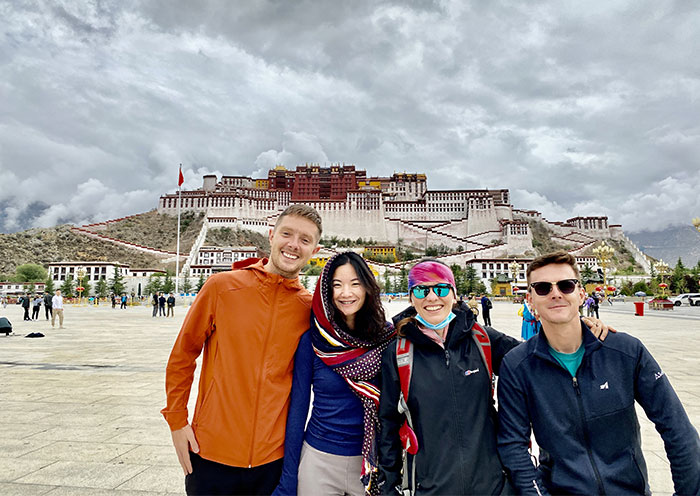
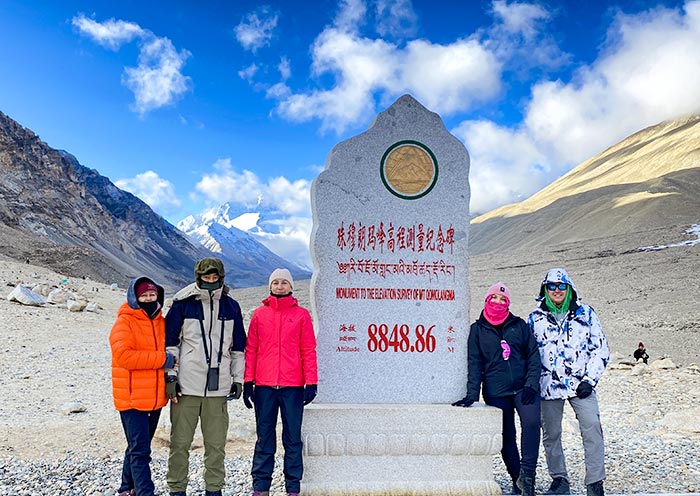
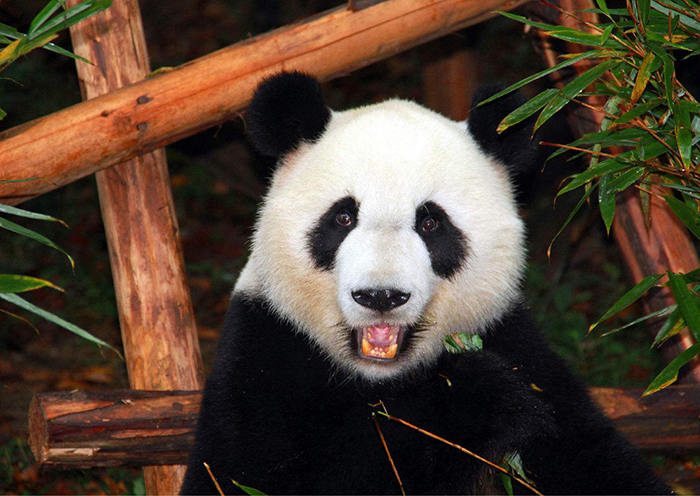
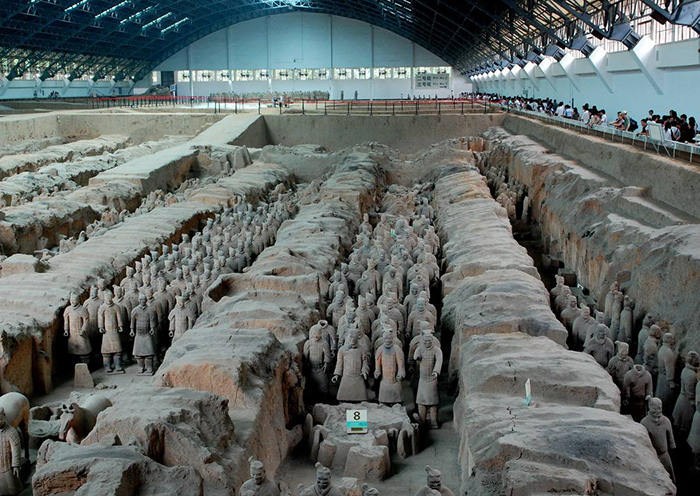
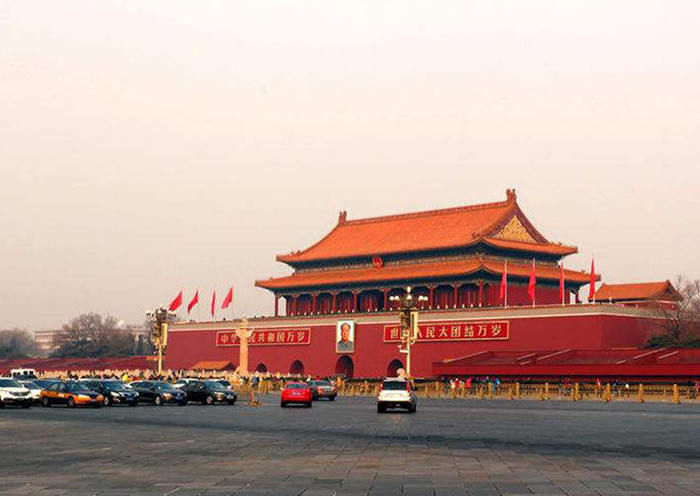
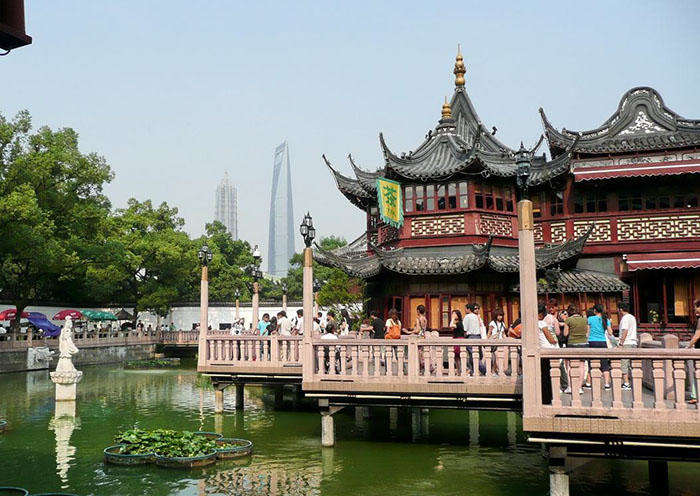
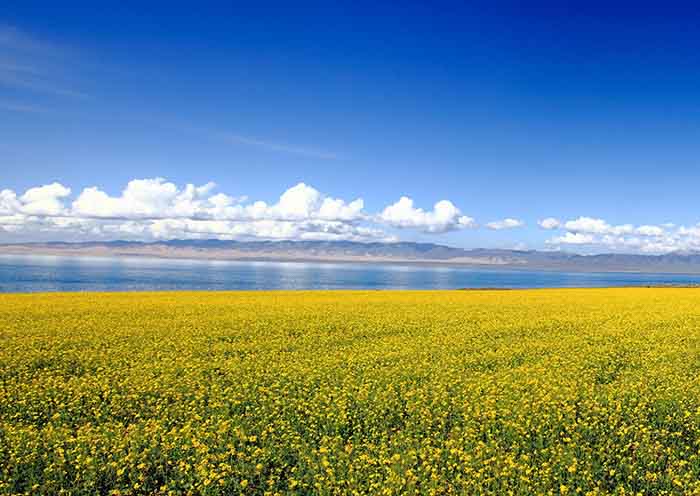
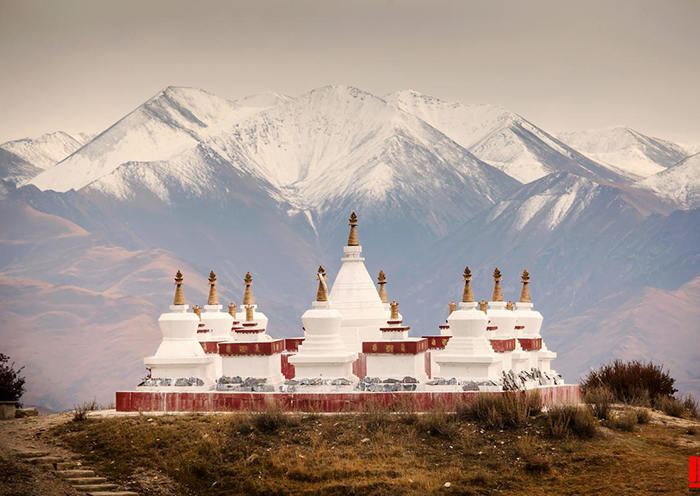
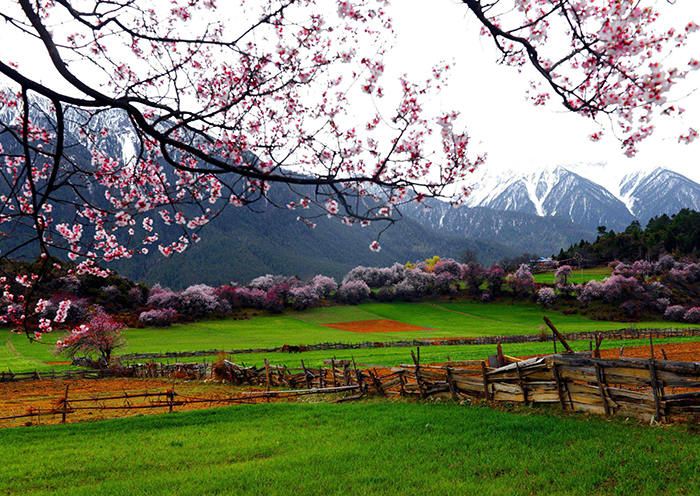
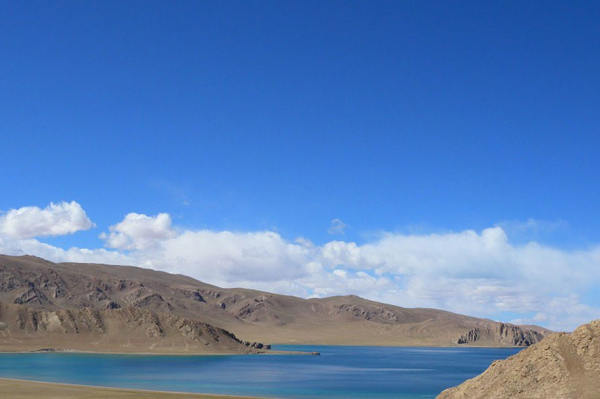
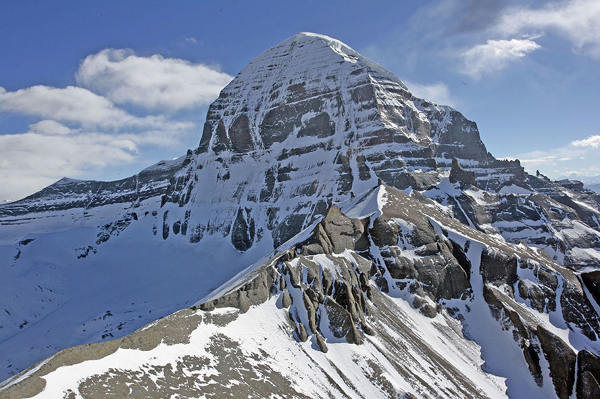
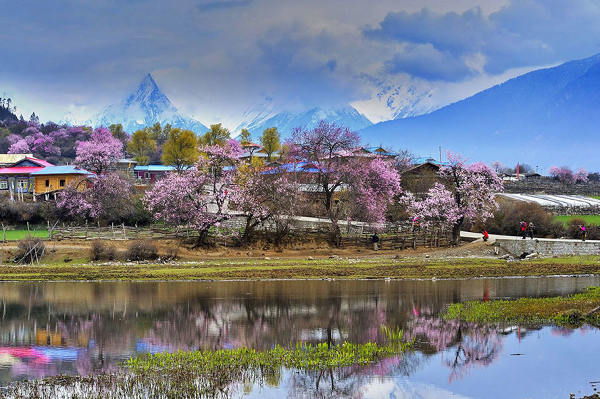
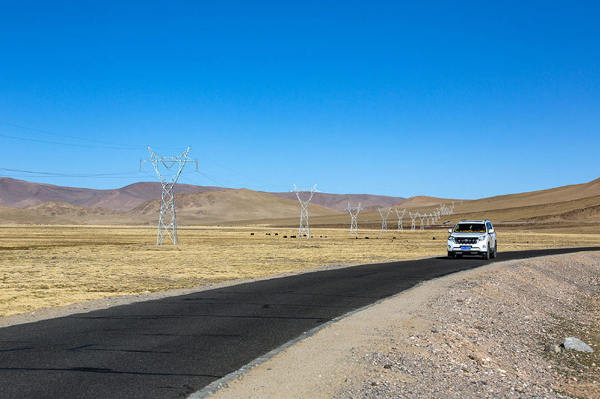

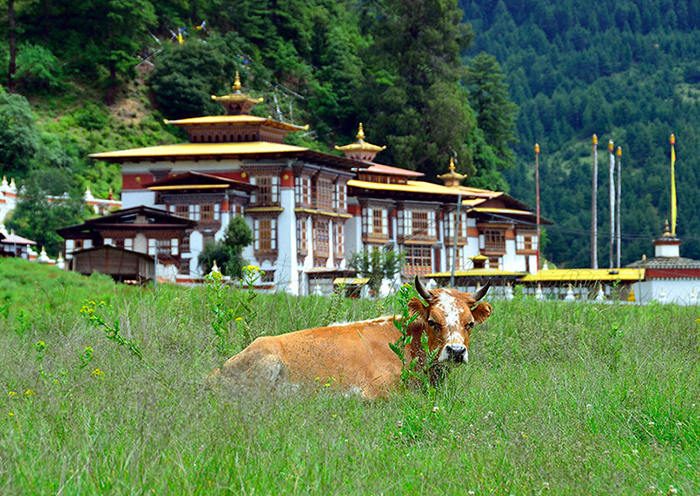
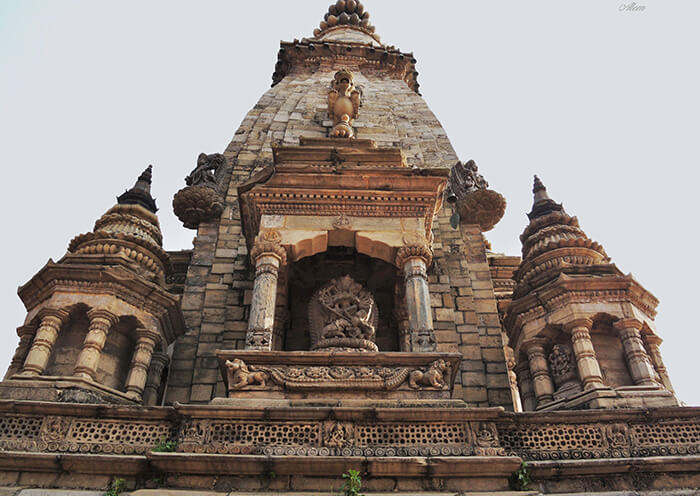
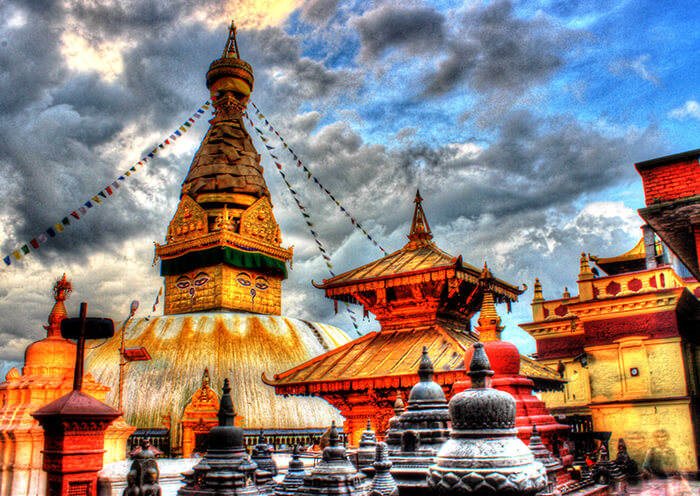

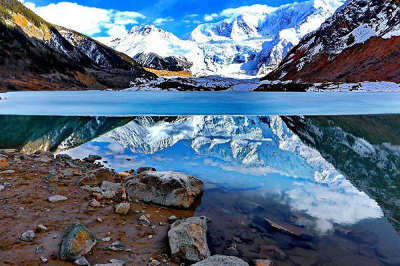

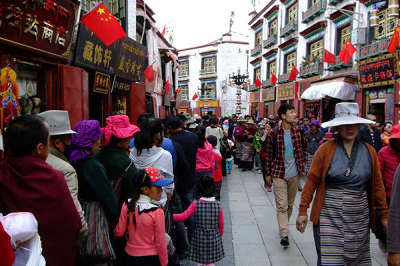
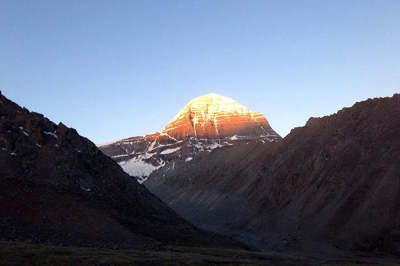

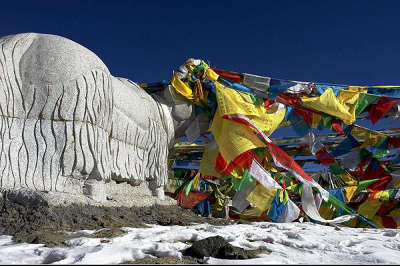
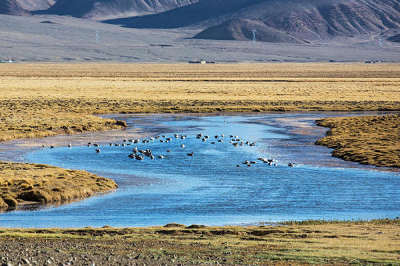

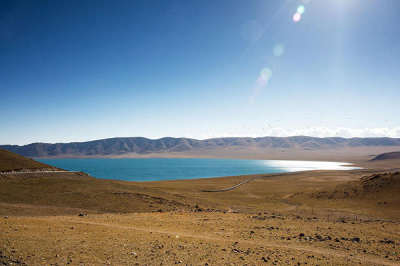


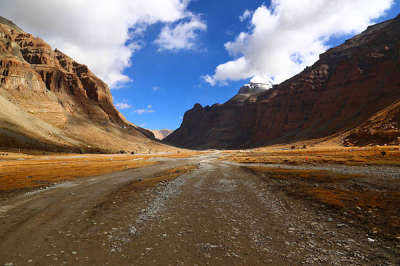
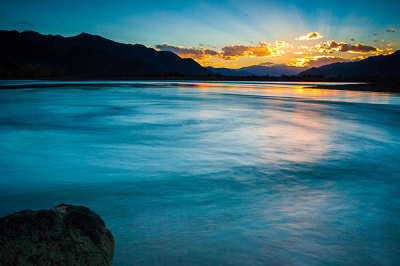
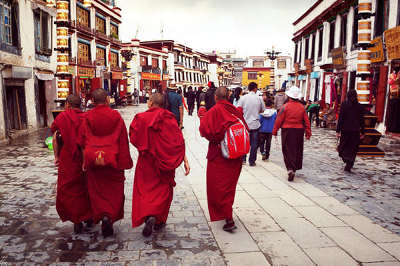
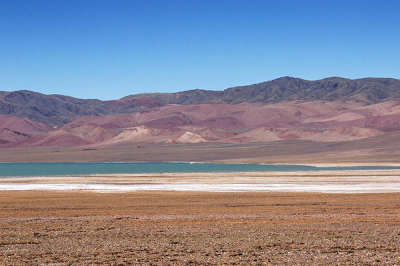
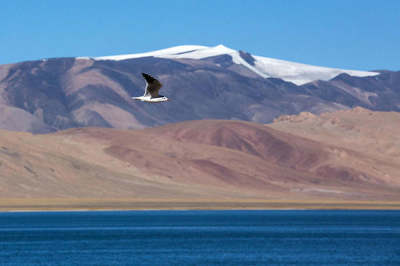
 Data in submission...
Data in submission...